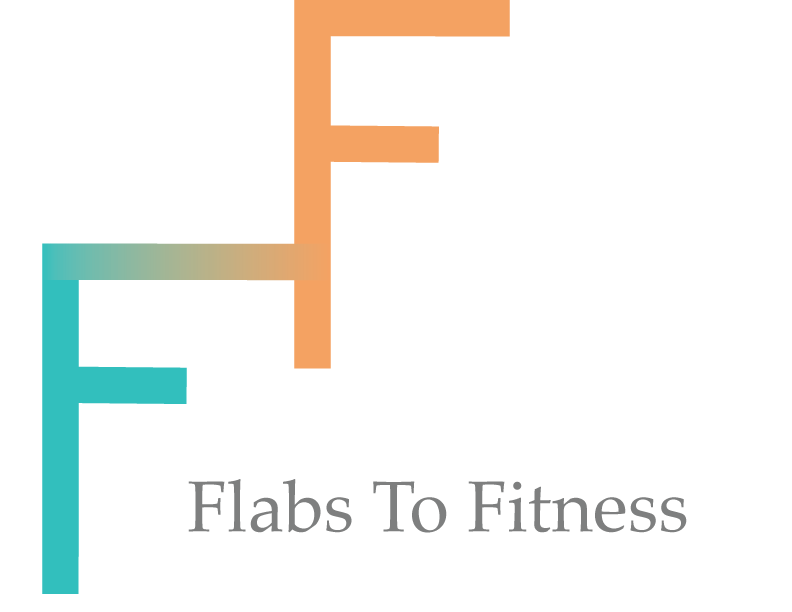Make Your New Year's Resolutions Stick
/By Paige Johnson from LearnFit.org
Maybe you’ve heard it takes 21 days to make a habit stick. Maybe you’ve heard it’s 30. If you’re a fan of the 21 club, you can thank a Dr. Maltz from the 1950s and 60s for that. Unfortunately, his theory (1) has been debunked for decades—but nobody likes to listen to that because, well, 21 days isn’t very long! And if you’ve heard 30 days? That’s usually wrong, too, but it’s a nice round little number and a lot of people think a month is doable to achieve a lifetime of better health.
In reality, the research varies widely, but a good average is about 60 days to form a habit. However, with New Year’s resolutions, many of them are fitness-based, and you certainly shouldn’t be working out for 60 days consecutively! Rest days are paramount for endurance, to let muscles heal, for hypertrophy, and simply to avoid burnout.
If working out more is one of your New Year’s resolutions, you’re in good company. It’s one of the most popular resolutions, NBC News reported on the top 2017 resolutions (2) based on Google searches. Lose weight also topped the list, along with “spend more time with family and friends” (which is a much more enjoyable resolution to prioritize).
However, slow and steady with a generous side of realism is key. If you currently go to the gym once per week, double that to two. It might not sound like “a lot” to a gym rat, but it’s quite a bit at this point! Find activities you love, experiment and allow yourself rest days.
A better approach if you really want to make 2017 the year you dominated your resolutions? Try adopting a resolution that’s a lot more achievable and won’t make you feel down if you stumble a bit.
Tips for the stubborn
Determined to make your resolution increasing workouts, training for a marathon, losing ten pounds or another very quantifiable goal? There are some steps to increase your odds for success. For starters, get a gym buddy, join a class (3), or otherwise engage in group fitness. Studies show that working out with a partner or group increases odds of sticking with a program.
Tracking your achievement can also help, and it’s easy with a plethora of fitness apps and wearable devices to choose from. Just be careful—such trackers can also be a trigger for excessive exercising, also known as orthorexia. It’s not an official eating disorder yet, but it’s well on its way. Tracking only works for some people.
Go for Qualitative, not Quantitative
Just like quality trumps quantity, qualitative resolutions can be much better than quantitative. Instead of resolving to “go to the gym three times per week,” modify that resolution to “move more and more often.” Even better? Keep holistic wellness a priority in your life, but don’t tie it into resolutions. For many, resolutions usually fail and that’s no way to start off the New Year.
There are many health-based resolutions that are relatively easy to keep. Here are a few:
● Drink a cup of green tea every day. The purported benefits of green tea (4) are nearly endless. Better concentration, a little energy boost, and it might even help prevent dementia, arthritis and a host of other ailments.
● Replace one go-to beverage per day with water. Most people are nowhere near overdosing on H2O. Generally, you need an equal amount of ounces per water per day as your bodyweight in pounds. That’s a lot!
● Take up a fitness-focused side gig. What could be better than working out and making money at the same time? Consider becoming a pet sitter (5). You can make extra cash while running around with your client’s pet at the local park. Or you might try your hand at being a “tasker” (6). They run errands and do odd jobs for clients, such as cleaning or painting a room—both great ways to get some exercise while boosting your bank account.
● Swap out a simple carb for a complex one. Less white sugars, white breads, and more lentils, brown rice and nuts, please! Retrain your palate to enjoy the complexities of complex carbs and your body will thank you.
● Try a new workout every other month. You don’t have to promise to do it forever—or even once again. Burlesque dancing, roller skating and Tai Chi. There’s so much to explore.
The real trick to sticking with resolutions? Make them both enjoyable and beneficial. There are endless ways to improve your life. Why not make this year’s resolution a little easier, more fun, and much more likely to stick?
Sources
(1) Selk, J. (2013, April 16). Habit Formation: The 21-Day Myth. Retrieved from http://www.forbes.com/sites/jasonselk/2013/04/15/habit-formation-the-21-day-myth/
(2) Spector, N. (2017, Jan 1) 2017 New Year’s Resolutions: The Most Popular and How To Stick to Them. Retrieved from http://www.nbcnews.com/business/consumer/2017-new-year-s-resolutions-most-popular-how-stick-them-n701891
(3) Healthy Women. Get Motivated: The Workout You Won’t Cancel. Retrieved from http://www.healthywomen.org/content/article/get-motivated-workout-you-wont-cancel
(4) Conlon, C. Benefits of Green Tea That You Didn’t Know About. Retrieved from http://www.lifehack.org/articles/lifestyle/11-benefits-of-green-tea-that-you-didnt-know-about.html
(5) Rover. How to Book Dog Boarding. Retrieved from https://www.rover.com/dog-boarding/
(6) TaskRabbit. Become a Tasker. Retrieved from https://www.taskrabbit.com/become-a-tasker



































